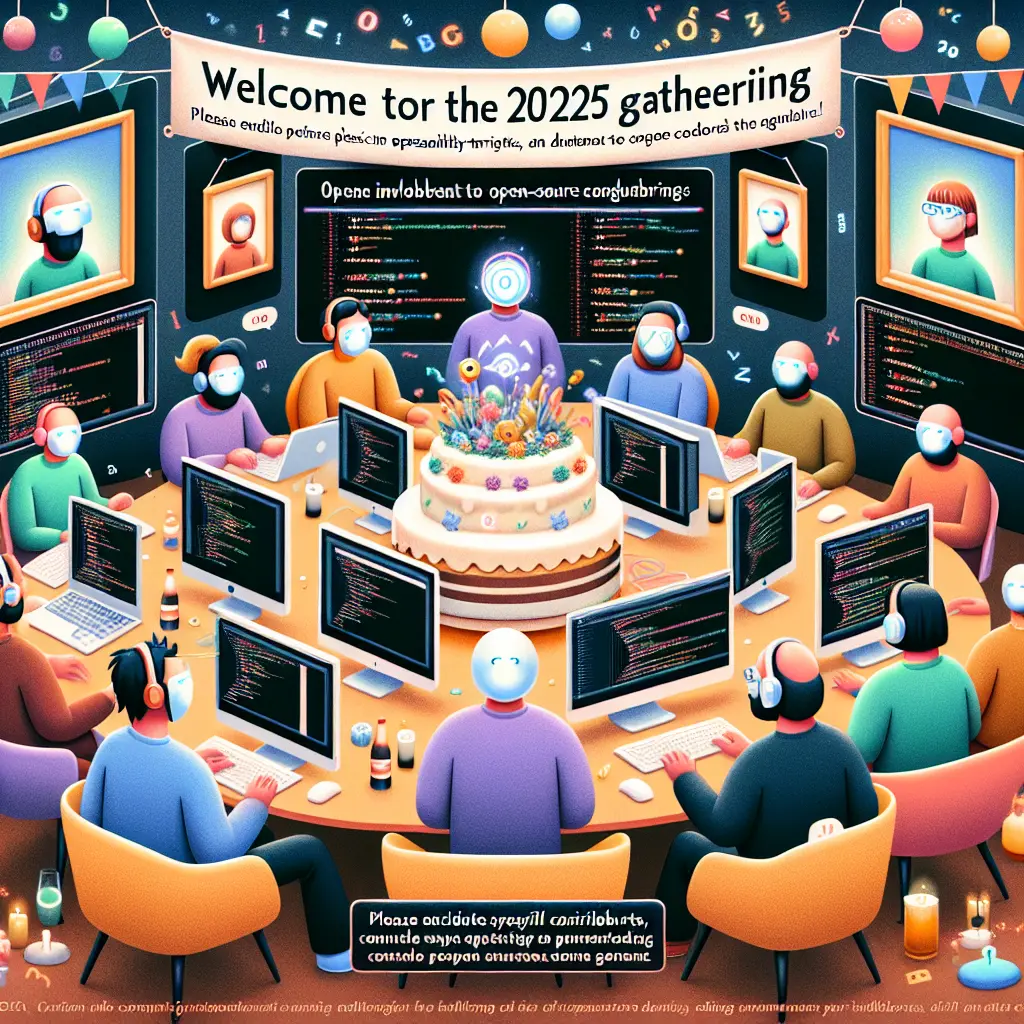Fedora’s upcoming release marks a watershed moment in open source software projects, signaling the end of an era and the dawn of a new chapter in Linux desktop environments.
The open source world is known for its relentless innovation and adaptability. Fedora 43 exemplifies these qualities by preparing to become the first major Linux distribution to entirely remove GNOME X11 support, relying solely on Wayland as its display server protocol. Scheduled for release in 2025, this bold decision highlights both the ongoing evolution of open source projects and the power of community-driven progress.
Fedora 43’s transition is more than a technical update—it represents a historic step away from the legacy X11 system towards the modern Wayland protocol. For users and the broader open source ecosystem, this shift brings several notable changes:
Complete Removal of GNOME X11 Packages: Fedora 43 will exclude all GNOME X11 packages, making Wayland the exclusive display server for its flagship desktop environment. Users upgrading from earlier Fedora releases will be seamlessly migrated to a GNOME Wayland session, as the GNOME Display Manager (GDM) drops support for X11 sessions entirely. However, those requiring X11 can still find support in alternative desktop environments such as Cinnamon or MATE, using different login managers like LightDM.
Why This Matters: This leap is rooted in open source’s commitment to security, performance, and future-ready technology. Wayland offers enhanced application isolation and security, more efficient graphics rendering, and improved compatibility with modern hardware. By making this move, Fedora once again demonstrates its leadership in integrating cutting-edge features into mainstream Linux distributions.
Navigating Community Impact and Ongoing Challenges
As with any sweeping change in open source software, Fedora 43’s shift to Wayland introduces some challenges. Compatibility concerns remain for specific workflows—such as remote desktop solutions or legacy applications—that may face limitations due to incomplete Wayland support. Longtime X11 users might need to adapt their setups or consider other distributions if their requirements are not fully met. There is also the potential for fragmentation, as some users may migrate to platforms that retain X11 support, raising important questions about inclusivity and community unity.
Despite these obstacles, the collaborative ethos of open source remains strong. Developers and users are actively working together to address edge cases and reinforce Wayland’s capabilities, ensuring that the transition benefits the broadest possible audience.
Setting New Standards in Open Source: Fedora’s decision could set a precedent for other major distributions, potentially accelerating an industry-wide adoption of Wayland. This moment demonstrates how flexible and community-driven open source projects can be at the forefront of transformative change. Strategic moves like this often propel the ecosystem forward and encourage continuous improvement through transparent feedback and active participation.
For further details on Fedora 43’s groundbreaking move, you can read the original article here.
Key Takeaways for Open Source Enthusiasts
Innovation and community consensus are cornerstones of open source success. While changes like dropping GNOME X11 can be disruptive, they are often necessary to drive the ecosystem forward. Fedora’s trailblazing stance showcases how open source collaboration encourages both growth and resilience.
As Fedora 43 approaches, it’s clear that progress sometimes requires leaving familiar solutions behind. This pivotal change will not only affect Fedora users but may also influence countless open source projects across the globe.
The evolution of open source relies on ongoing collaboration and a willingness to embrace new technologies. Through collective effort, the community is poised to address emerging challenges and create better software for everyone.
Stay engaged, keep contributing, and embrace the ever-evolving landscape of open source—because together, we shape what comes next.









Leave a Comment